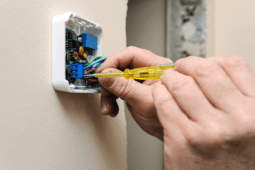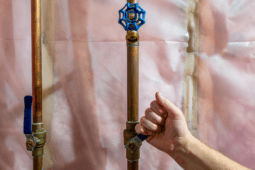How to Read a Barometer—So You Can Predict the Weather!
Learning how to read a barometer is a lost art in the modern world of digital weather observation. Barometers don’t get much credit these days. An accurate weather forecast is just a click away on your computer, a few strokes on your smartphone, a broadcast on radio, or TV, or a digital weather station in your own home.
Predicting the weather may not seem much for cozy urban dwellers, but the very lives and livelihoods of farmers, sailors, and early aviation pioneers depended on accurate forecasts. A barometer allowed farmers to know when to cut alfalfa, when to plant corn, and when to expect cows to begin calving. High-pressure cut and plant. Low pressure, get “Bessy” to the barn.
Barometers can still provide a good prediction of impending weather, but it takes a little knowledge, and a lot of patience to know how to read a barometer correctly.
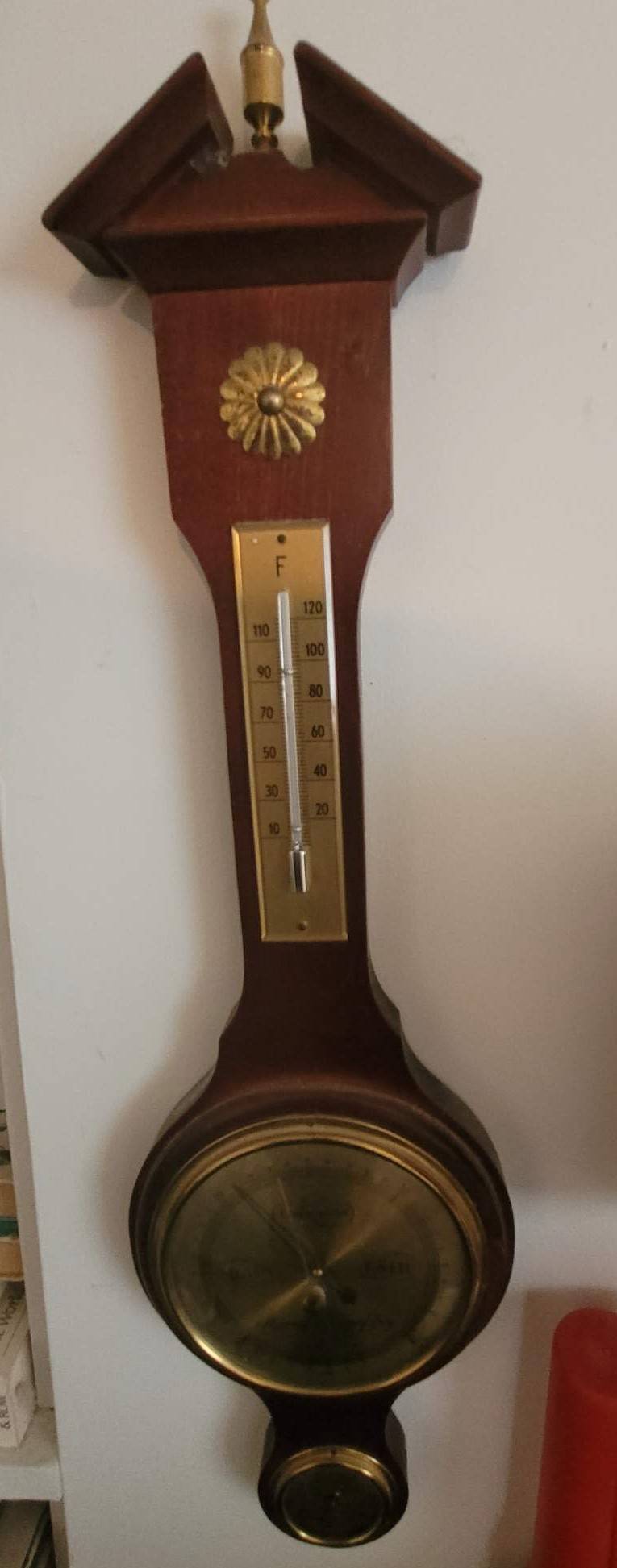
Where Did the Barometer Come From?
The original barometer traces its heritage back to 17th century Italy, and the scientist Evangelista Torricelli.
Torricelli was experimenting with vacuums when his friend—the father of astronomy himself—Galileo Galilei suggested he try mercury in his experiments. One day Torricelli inverted a glass tube containing mercury onto a plate. It created the vacuum he wished, but it had another interesting effect.
Torricelli observed the level of mercury rising and falling with the arrival, and departure of weather fronts. He fine-tuned his mercury tube, made a few graduation marks on the side, and created the world’s first barometer!
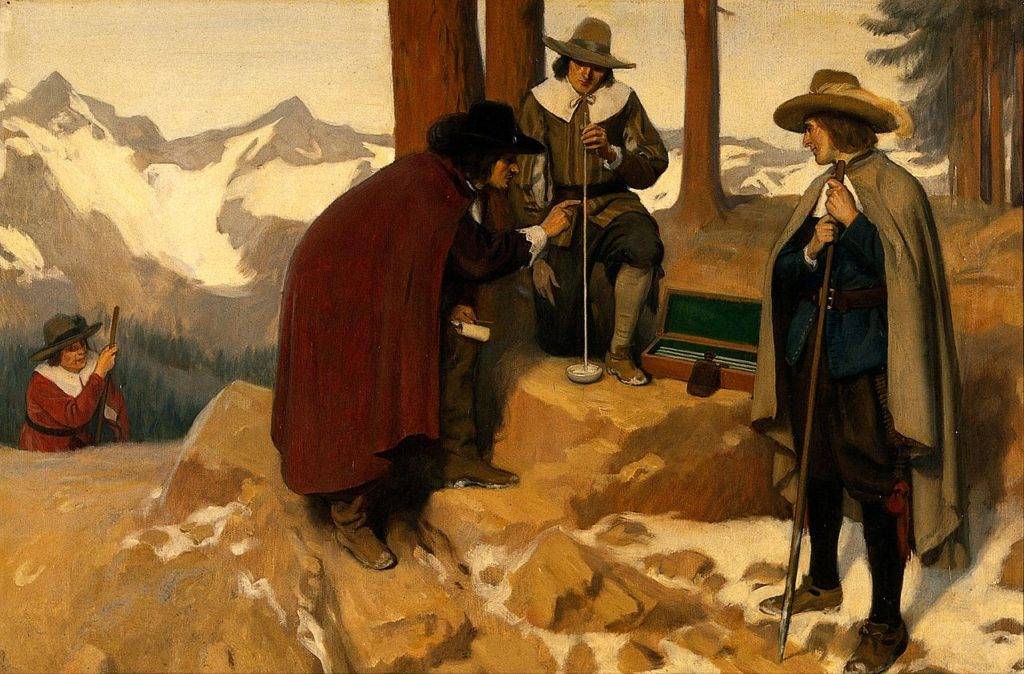
How Does a Barometer Work?
A mercury barometer can be used to tell the immediate future weather that is going to be hitting your area. Most classic barometers are encased in a wood or metal enclosure with a thermometer, and a hydrometer.
A barometer measures barometric pressure. Think of it as measuring the weight of the air bearing down on you from the sky above. The barometer uses liquid mercury to predict the weather by tracking atmospheric pressure, resulting from the movement of cold or warm weather systems.
The baseline reading for determining relative pressure is using the air pressure at sea level, which is a temperature of 59°F (15°C) and is equal to one atmosphere (Atm). Atmospheric pressure is also referred to as barometric pressure sometimes because atmospheric pressure is measured using a barometer. Barometers also must be adjusted for changes in altitude, depending on your location. A reading of 25.0 in Denver, at 5200 feet elevation is equivalent to a 30.0 in Miami, near sea level.
Setting Up Your Barometer
Depending on the type of barometer that you purchase or have on hand, there are different steps required for setting it up. The three types of barometers are mercury, aneroid, or electronic. If you have an aneroid barometer, use a local weather station or meteorology station to obtain an accurate pressure reading in order to set your barometer for your current location and altitude. For a mercury barometer, you’ll have to convert your readings, but a digital barometer will have sensors to calibrate on its own.
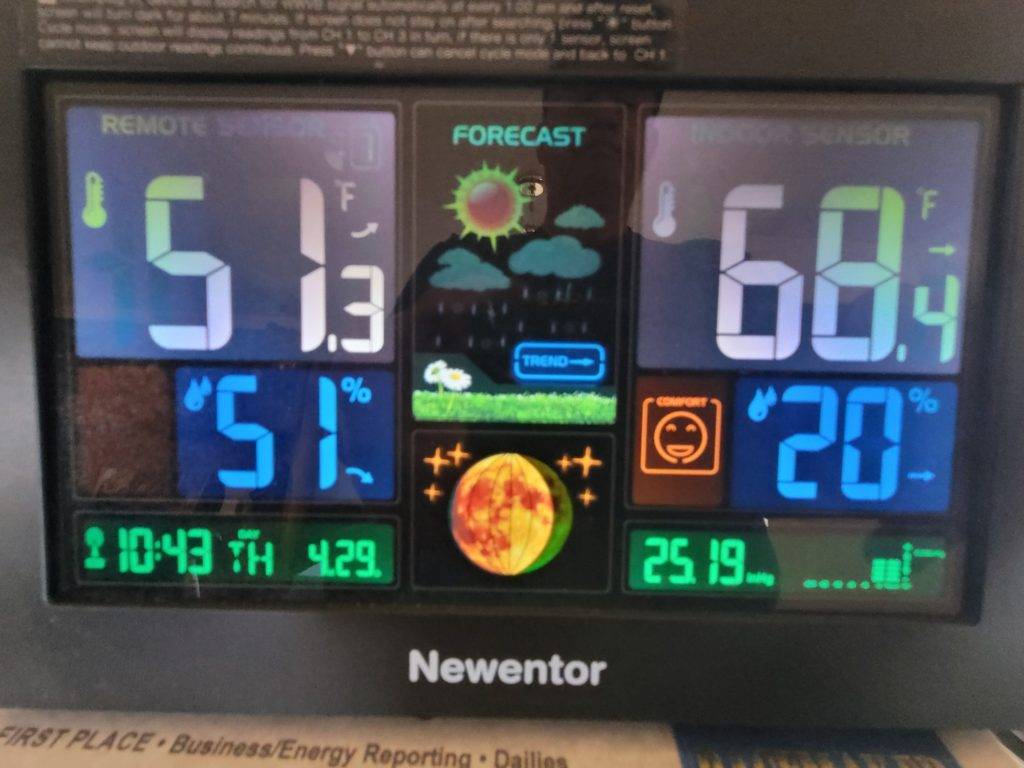
In terms of location, you can set your barometer up in the place that works best for you. You don’t need to worry about whether you set up the barometer inside your home or outdoors because the pressure will be the same regardless.
How to Read a Barometer
In order to accurately know how to read a barometer, you have to understand what the different pressure readings on the barometer mean.
For a mercury barometer, any reading over 30.20 inHg (inch of mercury) falls into the “high pressure” category. High pressure is commonly associated with calm days and clear skies. “Normal pressure” is a barometric reading that sits between 29.80 and 30.20 inHg. A normal pressure where the barometric reading holds steady or gradual rises but is still within that range means the weather you have now is here to stay. Slowly falling means that there might be a slight change in the weather, but nothing drastic. And then a rapidly falling reading means that rain is likely coming, or snow if it’s cold enough. Finally, a “low pressure” reading counts as any reading below 20.80 inHg. A gradually rising or steady reading that’s still below 20.80 inHG means that a storm has likely passed but the weather is still cooler. Slowly falling means that rain is likely coming later on, whereas quickly falling pressure means heavy precipitation or storming that’s sure to hit soon.
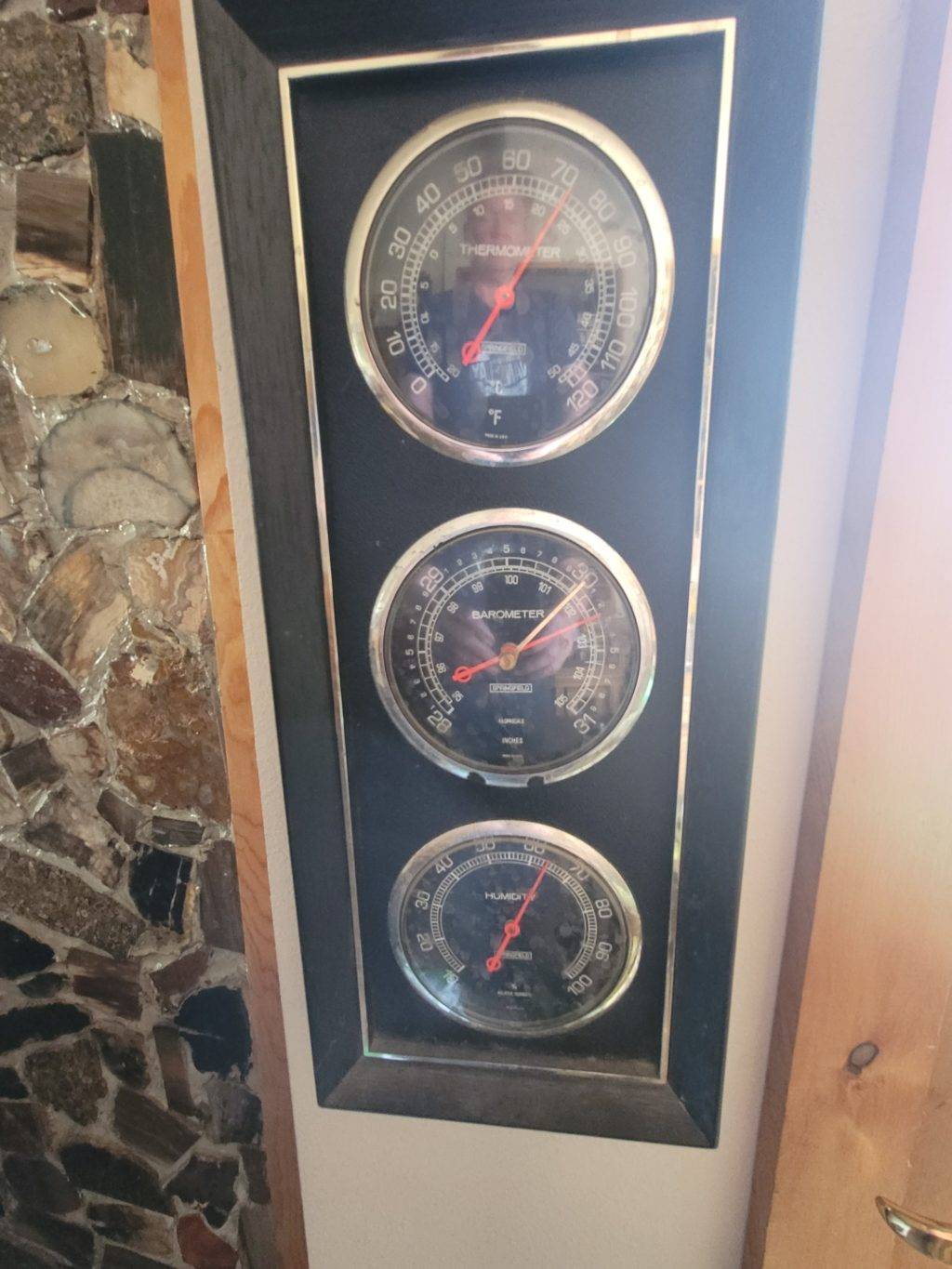
The general rule of thumb—even if you’re not looking at the exact readings—is that if pressure is steadily and quickly increasing, the weather is improving, whereas if the reading is quickly dropping, there’s a storm coming.
A barometer can give you a “slice of time” reading of barometric pressure, but they work best when you mark a reading, then check back several hours later, or even the next day. If the reading is higher than the original mark, fair weather is on the way.
The lowest barometric pressure ever recorded came on October 12, 1979, near Guam in the Pacific Ocean during a super typhoon with wind speeds of 190 mph. The reading of 25.69 was over four points lower than the average barometric pressure that hovers around 30.
On the other extreme was a reading of 32, recorded on New Year’s Eve 1968 near Agata, Siberia…






